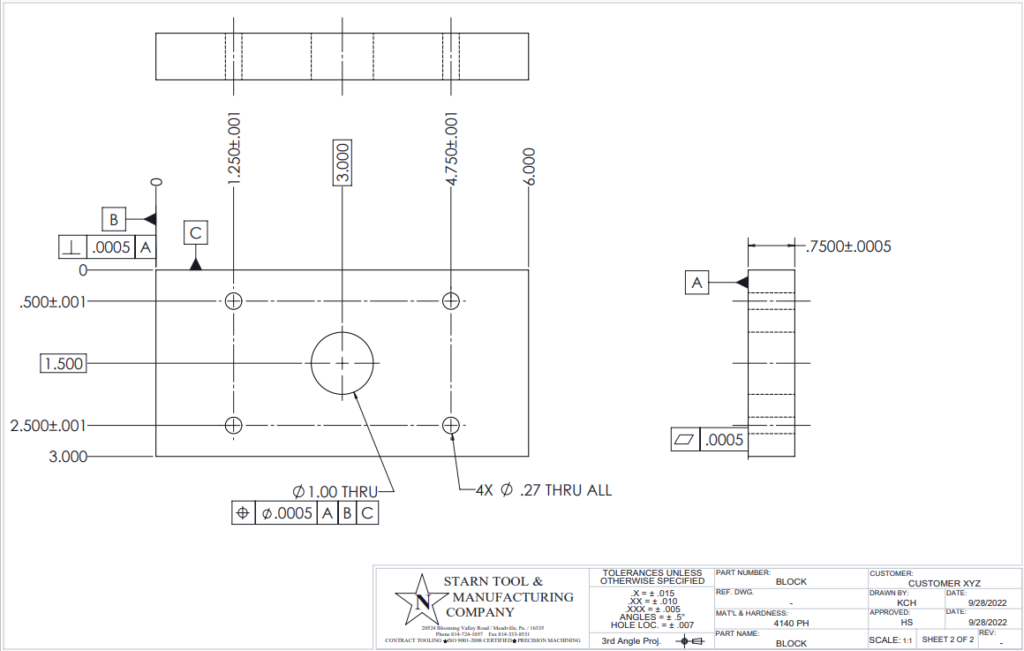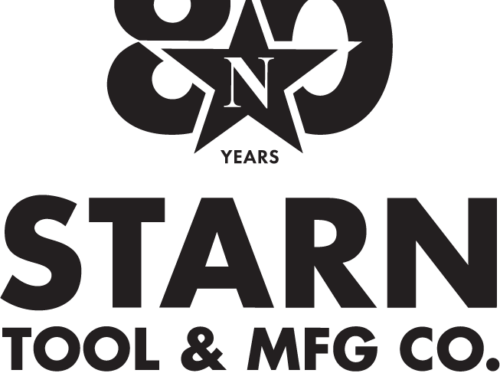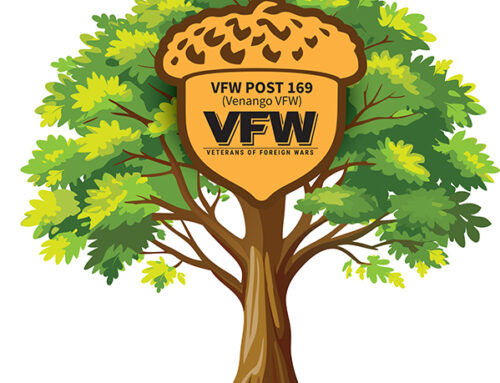There are many factors that are considered when estimating how much parts will cost to manufacture.
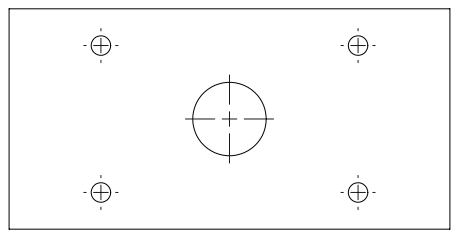 This is the first of a five-part series that will focus on tolerances. We’ll review (2) different drawings- one with simple tolerances, and one with more complex tolerances and GD&T callouts. Upcoming segments will include quantity & volume pricing, material, first run vs. repeat orders, post machining requirements & processes.
This is the first of a five-part series that will focus on tolerances. We’ll review (2) different drawings- one with simple tolerances, and one with more complex tolerances and GD&T callouts. Upcoming segments will include quantity & volume pricing, material, first run vs. repeat orders, post machining requirements & processes.
How optimizing tolerances on your prints can save your company money
The tighter the tolerance, the more time it takes to set up and program, the more time it takes to manufacture, the more time it takes to inspect, and ultimately the more it will cost.
This is not to say that tolerances aren’t important or not necessary. Everything about your design, at least everything that you can measure, will vary from part to part to some extent. Setting tolerances helps keep the expected deviation within a predefined range. This is critical for part and components of larger assemblies.
We understand that setting tolerances is necessary to ensure that you’re getting exactly what you need your part to be and function how you need it to function. There is, however, a way to get the parts to function in the way that you need them to while still saving your company money.
Loosening tolerances on non-critical dimensions/non-functional surfaces and allowing rougher surface finishes on non-critical surfaces will allow us to focus on the most critical areas of your parts while saving you money.
Case Study
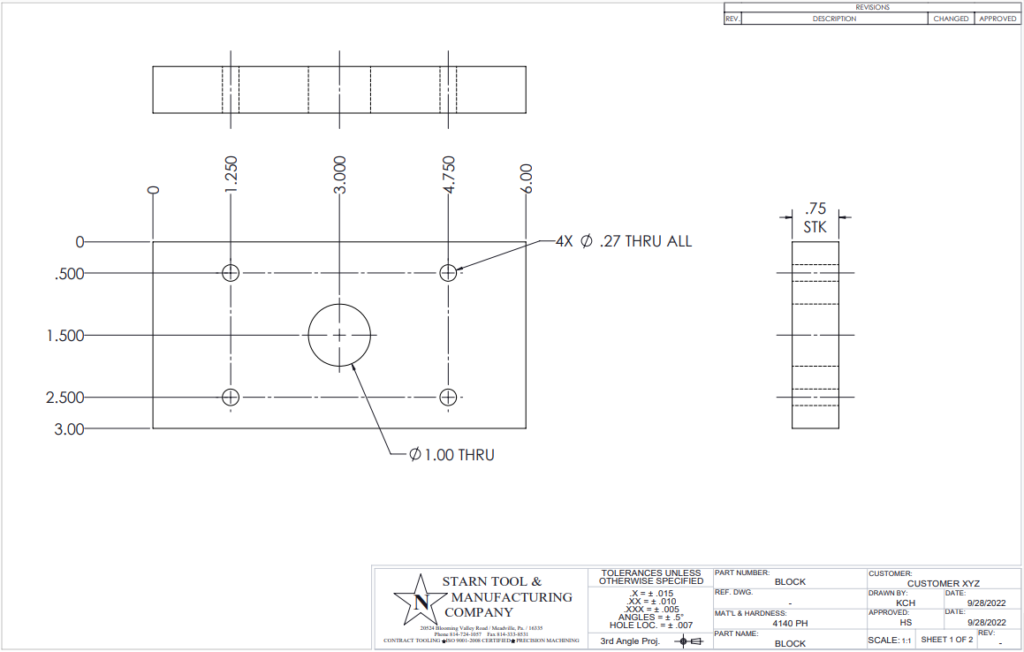
These drawings appear to be the same part. However, one of these parts costs significantly more than the others does and requires more operations and more set up time. The machining process used in manufacturing can significantly affect the product since some processes deliver higher accuracy and precision than others.
The drawing with tighter tolerances, as well as tight GD&T callouts require larger stock material from our suppliers, more programming, more set up time, more machining operations, and more inspection time, that could possibly include CMM inspection (which also requires more programming). To explain this further, we’ll look at what the routing for the parts could look like.
Routing for the first drawing, the more complex part, could look like this:
- Purchasing & Material Prep
- Milling
- This step would also be completed on a 3-axis mill
- Grind
- This is step is required to achieve flatness and perpendicularity tolerancing
- Post Machining
- This is where we would remove burrs, and any hard edges
Or the routing the first drawing, the more complex part could look like this:
- Purchasing & Material Prep
- Milling
- This step would also be completed at a CNC Mill that requires more programming time than just the programming at the machine on our 3-axis work center. CNC Milling would achieve the flatness and perpendicularity callouts.
- Post Machining
- This is where we would remove burrs, and any hard edges
- Final Inspection
Routing for the simple part can be completed in roughly four operations.
- Purchasing & Material Prep
- Milling
- We can achieve the tolerances on our 3-axis mill, which would be quoted at a lower rate.
- Post Machining
- This is where we would remove burrs, and any hard edges
- Final Inspection
As seen in the sample routings for the simple and complex parts the simple part requires less programming and less machining operations. Even on the machining operations that are necessary, it is completed at a lower rate. This equates to faster leads times at lower prices.
Reduce your Risk
The drawing with adequate tolerancing, and GD&T call outs would quote around $213.00 for 1 piece. The drawing with tight tolerancing and tight GD&T call outs would quote around $505.00 for 1 piece. In both cases, Starn Tool & MFG can manufacture the parts with standard tolerancing and with tight tolerancing. The purpose of this case study was to showcase the special attention your parts receive when we receive prints with tight tolerances.
With over 77 years of proven excellence in a variety of industries including Aerospace, Government & Defense, Tool & Die, Robotics Components, coupled with advance technology, inspection equipment, we have the experience and technology to provide high accuracy with high repeatability, even for the most complex parts. We welcome the opportunity to help our customers save time & money by offering Design for Manufacturing (DFM) services, the best lead times, and the best prices on all parts- simple and complex.

